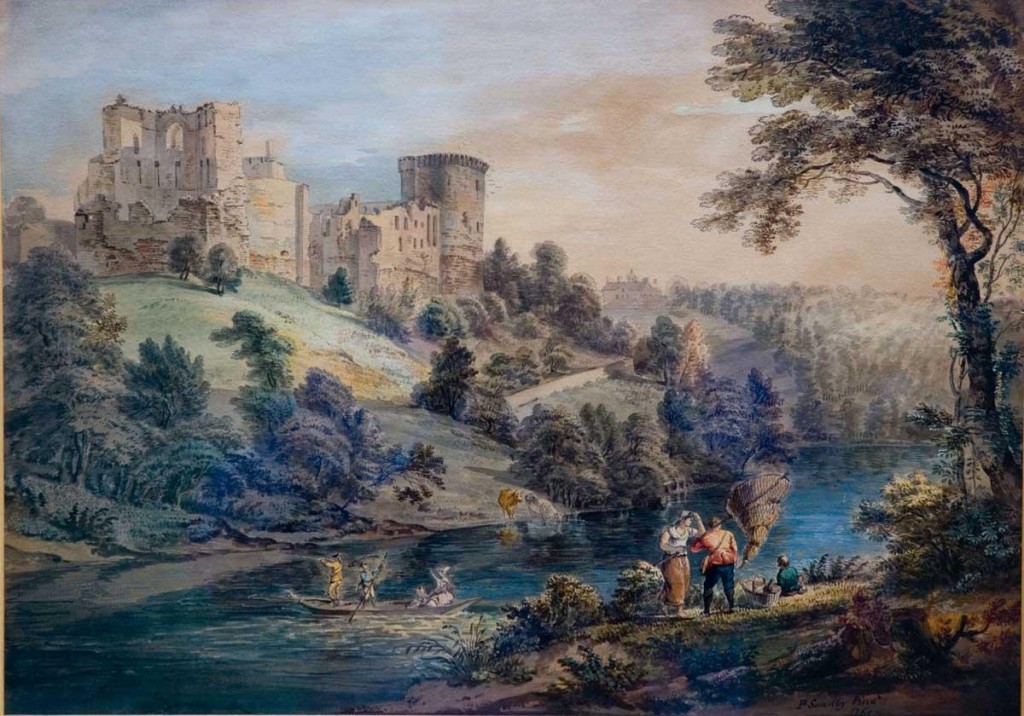Last week there was a post on Arches watercolor paper and how for name recognition, it serves as the point of reference. Fact is, watercolor paper has been around a while, and though Voltaire and Bonaparte wasted gobs of the stuff to print their memoirs and histories, the English have a long tradition and they also produce some good makes in Langton from Daler-Rowney and Winsor & Newton watercolor paper. I think they are both comparable to Arches in terms of overall quality, though that might be disputed by some, and the price is much, much better. But, watercolor has always been specialized and the artists fussier and even snobbier than others. But, to give credit where due, watercolor is basically a one shot approach unlike acrylics, decorative paintings and oils where correction is often the norm. Also, the artists don’t seem to like switching papers.

Read More:http://www.watercolorpainting.com/famousartist/blake.htm ---Themes of obscure religious and mythical stories and man's quest for the divine permeate all of Blake's writings and paintings while elements of Michalangelo and the Mannerist school and pre-Rennaissance book illuminations are evident in the content of his work. Blake had no use for the visible world around us, relying on his own "inner vision" and inspiration, denying reason as being ultimately destructive to this own "inner vision".---
The below is a little history of British watercolor and it seems accurate:
Watercolour painting rose to prominence in the 1700’s. The best academies, particularly the British Woolwich Military Academy, placed great emphasis on introducing field officers to drawing and painting, a vital talent when planning attacks or sieges. These men, invariably from the upper classes, took this skill into their civilian lives and the idea of keeping a personal sketching or painting journal became part of the expected accomplishments of a classical education. Young men on “the grand tour” were frequently accompanied by a drawing master. Watercolours were ideal for these travelers. They were highly portable, quick drying, and a kit needed only some paints and a few brushes. However, the colours had to be ground and mixed at each artist’s studio. The popularity of the medium created a demand for good materials. Winsor-Newton, still in business today, began to produce colours for both the government’s academies and for private individuals.

Read More:http://blog.tate.org.uk/?p=356 ---Turner’s final finished Swiss watercolours are now widely dispersed around the world, but, thanks to unprecedented public support, this fine example can be seen in conjunction with the related material in the Turner Bequest. The view here is from the quayside at Lucerne looking south-east at dawn. Turner developed the watercolour from a preliminary design in which only the basic shape of the mountain is set down. In contrast to all the related studies in the Turner collection at Tate Britain, the image is built up through a deliberate layering of washes and tiny touches of the brush, a process that resulted in incredibly subtle vaporous effects.---
…Women seized on the newly available paints and used them to colour black and white prints, a popular hobby in the late 1700’s. By the early 1800’s sketching and watercolour painting had become part of the tutor-based education of upper class females. Queen Victoria took lessons from masters such as Edwin Landseer and took great pride in the paintings in her personal journals. Her example made the art form popular throughout the English speaking world. Read More:http://www.cspwc.com/historymedium.html

Read More:http://www.terminartors.com/artworkprofile/Sandby_Paul-Bothwell_Castle_on_the_Clyde ---Sandby, Paul (1730 - 1809) Bothwell Castle on the Clyde Date: 1761







 COMMENTS
COMMENTS



